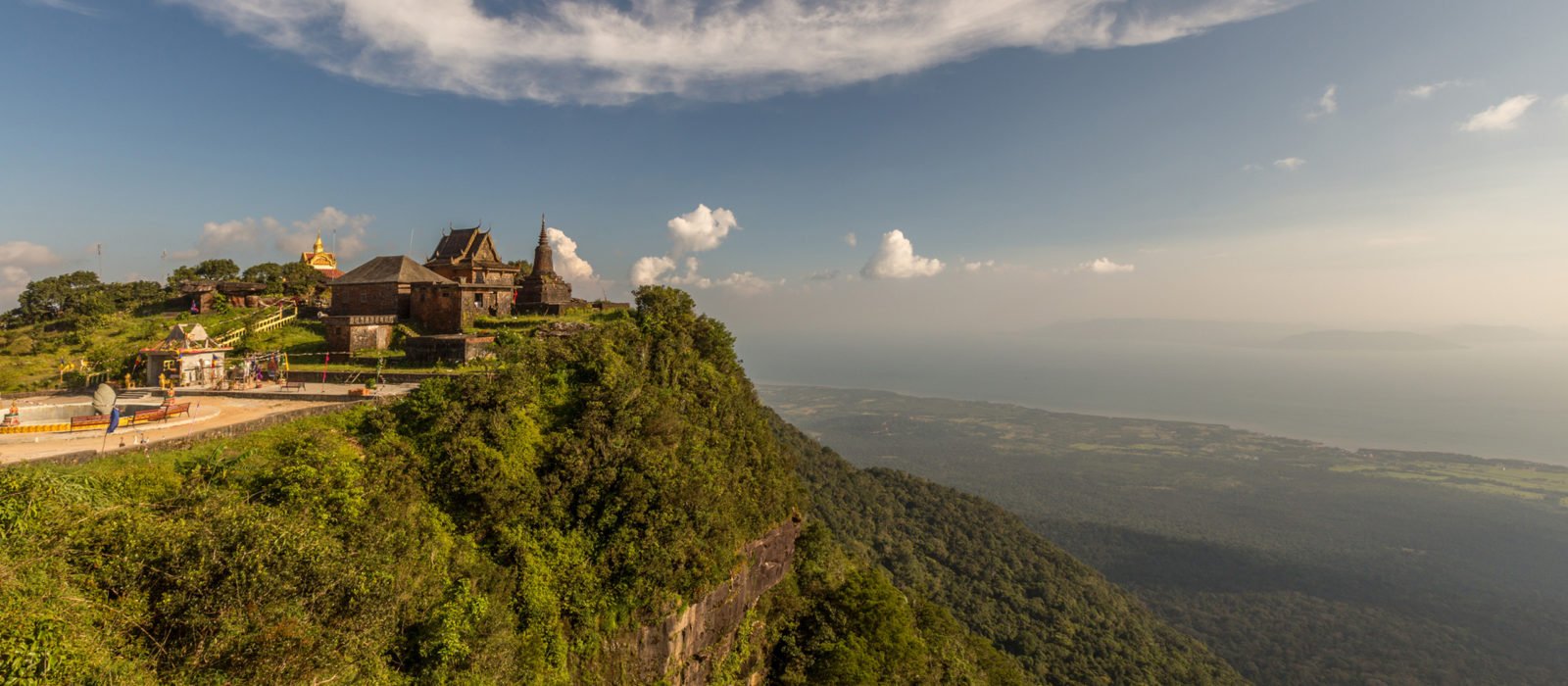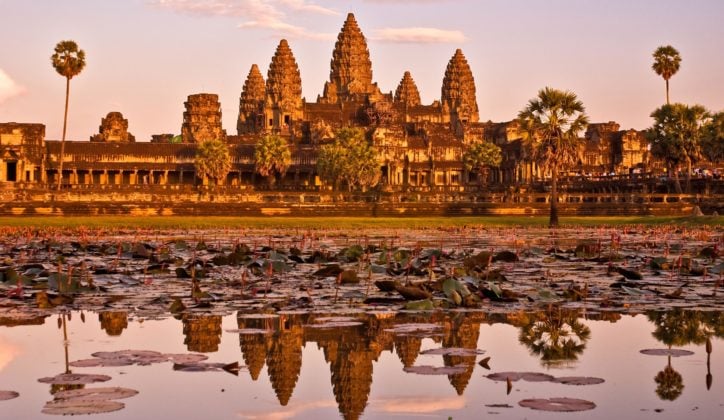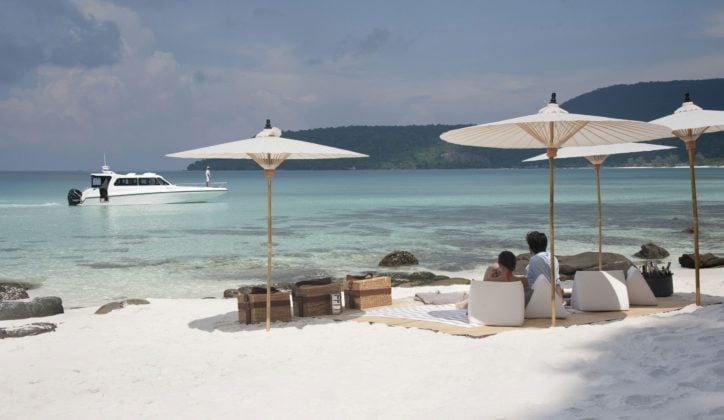Published on: November 5th, 2018
Last modified: July 27th, 2023
Cambodia is a country founded on history and heritage. From the French colonial era to the horrifying rule of the Khmer rouge, Cambodia has seen some tough times.
The resilience of its people is astounding, though, and they have managed to turn previous affliction into hope for the future.
The country is so marked by its history, from its recent political turmoils to its ancient kingdoms, and as such, any trip to Cambodia is incomplete without an exploration into its important past.
Dating from before the 10th century, the infamous Angkor temples are Cambodia’s biggest tourist draw. You can spend days exploring the incredible architecture - no two temples are alike!
In Phnom Penh, the sobering Killing Fields and Tuol Sleng Genocide Museum are now tourist attractions that pay homage to the atrocities committed by the Khmer Rouge. There are also beautiful palaces and temples to discover in Phnom Penh and beyond, which showcase a different side to the history of Cambodia.

The Angkor temples
The mere mention of Cambodia immediately evokes thoughts of ancient temples, with Angkor Wat being the central image of grandeur. These magnificent temples are a marvel to wonder at, but they also have an equally fascinating history. The Siem Reap province (where these temples are located) used to be the heart of the Khmer Empire, which reigned from the beginning of the 9th century to the end of the mid-15th century.
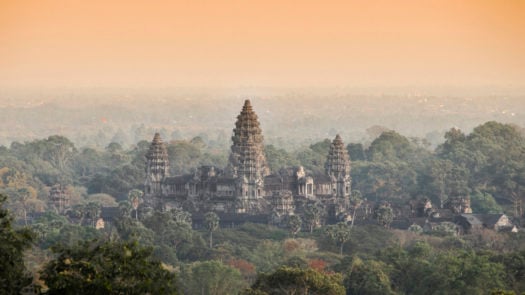
At its most powerful, the Empire’s population was around one million; today’s Myanmar, Laos, Vietnam and Malaysian Peninsula were all under its rule. Each temple was built by new rulers in efforts to outdo the last, so there’s no shortage of detail and stunning stonework: Angkor Wat and Bayon in particular are extremely intricate.
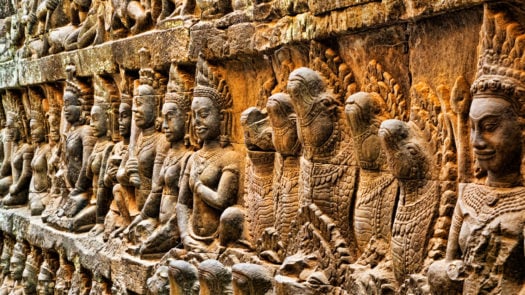
After the fall of the empire, the temples became lost in the jungle – only passing Buddhist monks and the occasional European traveller would stumble upon them. In 1860, French explorer Henri Mouhot uncovered the ancient temples, and in 1908, restoration work by the French began. Today the complex – filled with over 100 temples – is a renowned UNESCO World Heritage Site.
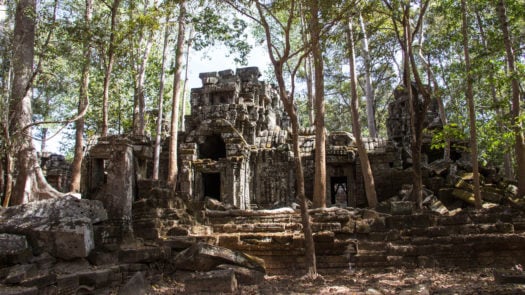
As well as Angkor Wat, many other temples in the complex have their own unique histories. The Angkor Thom complex, which houses the Bayon temple, was built as a fortified city for the Khmer Empire’s administration, military and priests to live in. Bayon is a particularly imposing temple, covered in statues of King Jayavarman VII’s face. With every temple built to outdo the last ruler, King Jayavarman VII succeeded in his mission to outdo his predecessors. Bayon is so grand that its scale was never challenged by rulers who came after him.
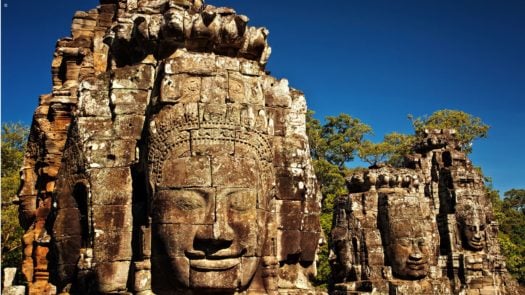
When discovering Cambodia’s temples, a wander through the Angkor Thom complex is best preceded or followed by an exploration of Ta Prohm and the lesser known temples. Ta Prohm has been left deliberately unrestored, and the gnarled tree roots twisting through add to its old world charm. This temple was also built by King Jayavarman VII in the 12th century, and if you visit during the early morning, it will be both quiet and cool.
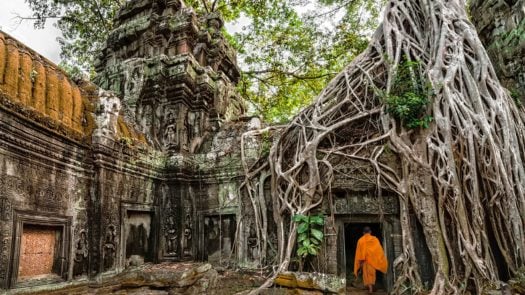
Take your time walking through this temple, from the West to the East entrance. Then, wander through the forest to arrive at the lesser visited Ta Nei – there’s a reasonable chance of being the only travellers at this temple. End your tour of the lesser known structures at Ta Keo, known as the ‘mountain with the bronze peaks.’ If you want to avoid the crowds, head into Angkor Archeological Park’s countryside for a half-day country hike to some secret and secluded temples.
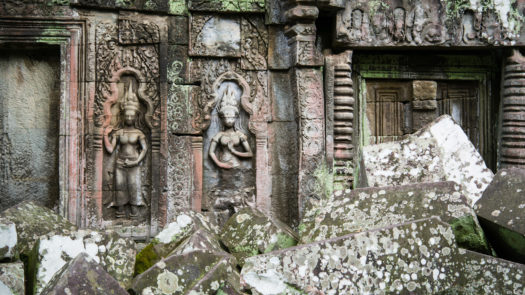
Of course, no tour of the Angkor complex is complete without visiting Angkor Wat. This centrepiece is out of this world, and it has a captivating history of its own. The temple was built by King Suryavarman II over an estimated 30 year period during the 12th century. Built on the foundations of Hindu cosmology, this temple symbolises the mythical Mount Meru – a gold mountain said to represent the centre of the universe. However you’d like to discover this kingdom of wonder, we can offer many private guided specialist tours so you get a real insight into the history of this awe-inspiring landmark.
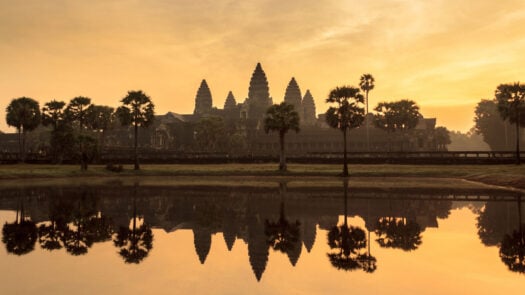

Phnom Penh and the Khmer Rouge era
Capital city Phnom Penh is a city known for its unsettled history. At the most unsettled point, Cambodia was taken over by the notorious Khmer Rouge. A mass genocide took place and thousands of Cambodians were forced to flee their homes. In true Cambodian style, today the wonderful people of this country have turned a shocking period of their history into something inspiring. Phnom Penh’s Tuol Sleng Genocide Museum and Killing Fields are both important landmarks that remember those lost during the Khmer Rouge’s horrifying four year reign.
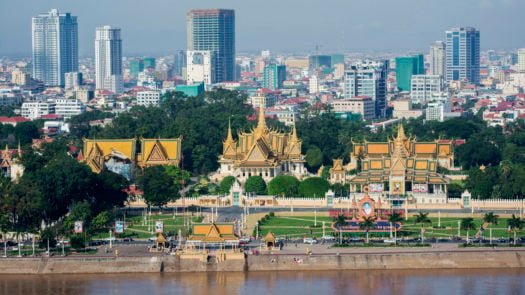
The infamous Tuol Sleng Genocide museum is a former high school that the Khmer Rouge converted into a notorious interrogation centre and prison. During the four year genocide, from 1975 to 1979, more than 17,000 people were tortured here before being driven to their death in the killing fields located just outside of the city. Khmer Rouge leader Pol Pot’s brutal attempt at creating a society without class resulted in over 2 million people losing their lives in four years, so visiting this museum is a sobering experience.
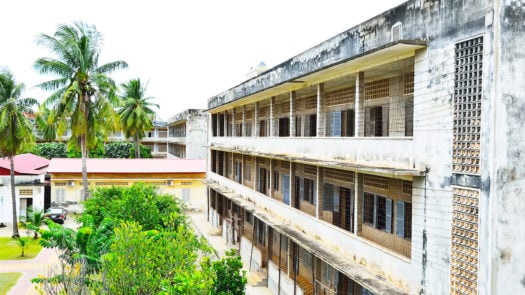
Today, the Killing Fields are a peaceful stretch of green fields known as Cheung Ek, 17km (11m) from the centre of Phnom Penh. The fields are a far cry from what horrors have taken place here, and even seem fairly commonplace before you learn about what atrocities were committed. A large memorial has been built near the entrance to the fields, commemorating the 17,000 victims who died under Khmer Rouge leader Pol Pot. The Killing Fields become very real at times, as the remnants of victims and mass graves remind you of the suffering endured. Although harrowing at times, a visit to the Killing Fields gives you an appreciation of the hardship the Cambodian people have faced and the scale of their courage to move on and rebuild their country.
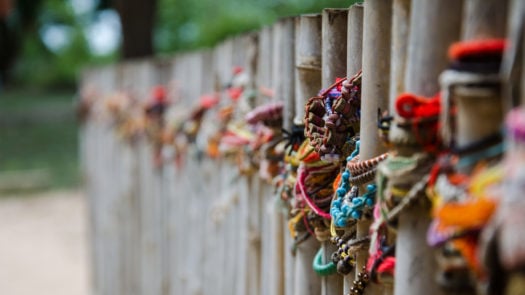

Phnom Penh’s incredible architecture
Not every attraction in Phnom Penh has been defined by the Khmer Rouge’s lasting legacy. The streets are lined with striking buildings, many of which are byproducts of the French colonial era. Two of the most spectacular buildings in Cambodia’s capital are the Royal Palace and Silver Pagoda. Initially constructed in 1866 by the French, the Royal Palace is home to the current ruler King Sihamoni.
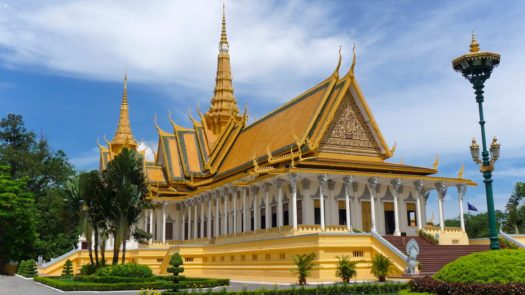
The neighbouring Silver Pagoda is the height of decadence; the building earned its name from the 5,329 solid silver tiles that cover the structure. Completed with a 90 kilogram gold Buddha and adorned with over 2,000 diamonds, the Royal Pagoda is an accurate reflection of the high esteem in which Cambodians hold their national religion.
-525x295-cc.jpg)
Phnom Penh’s extraordinary structures don’t stop at temples. The illustrious Raffles Le Royal hotel has been around since its opening in 1929. This hidden city centre hotel, tucked away on a tree lined street, is a grand oasis. Reminiscent of a bygone era, the 170 rooms here are a distinguished blend of Khmer, French and art deco architecture. Balconies overlooking the tropical garden transport you far away from the centre of a bustling metropolis. Make the most of the decadent setting by dining on Royal Cambodian and modern French cuisine at Restaurant Le Royal, followed by an evening drink in the iconic Elephant Bar.
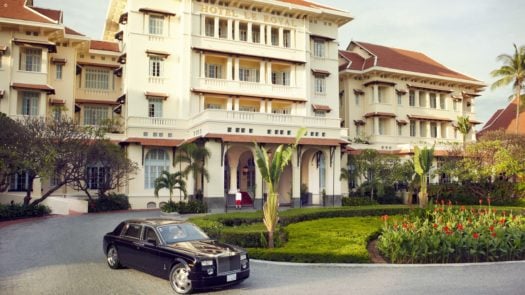
Discover Cambodia's hidden history...
Feeling inspired? Our expert travel designers are always on hand to help you plan your perfect Cambodia vacation.
